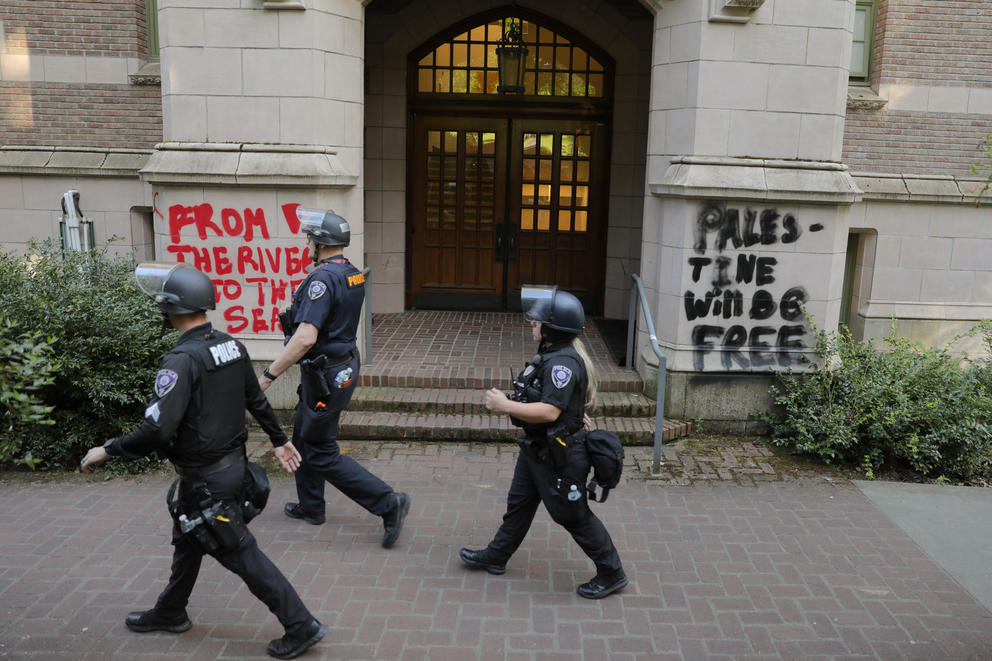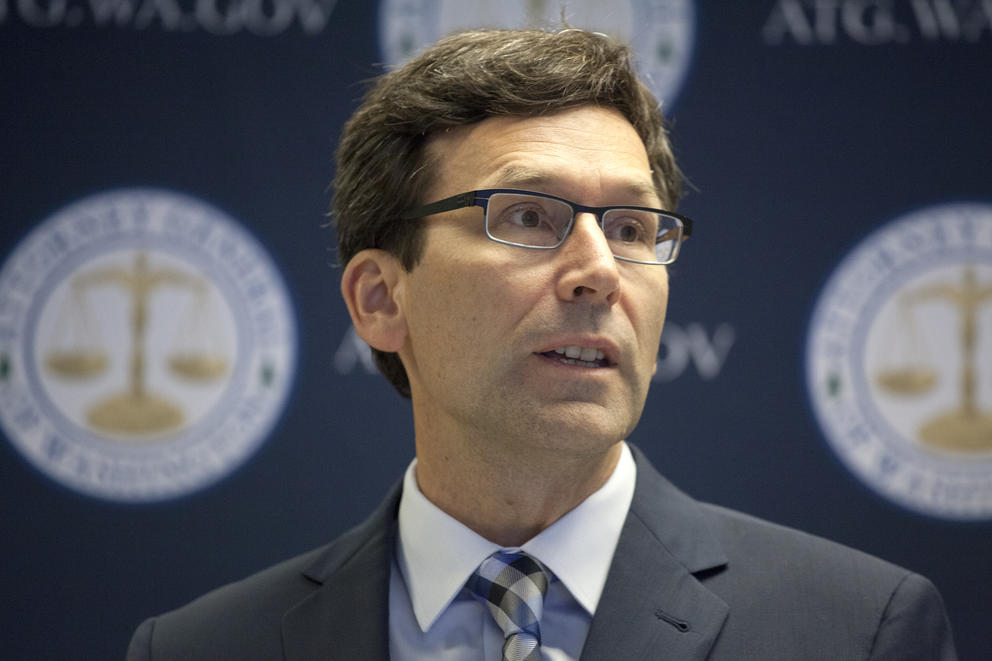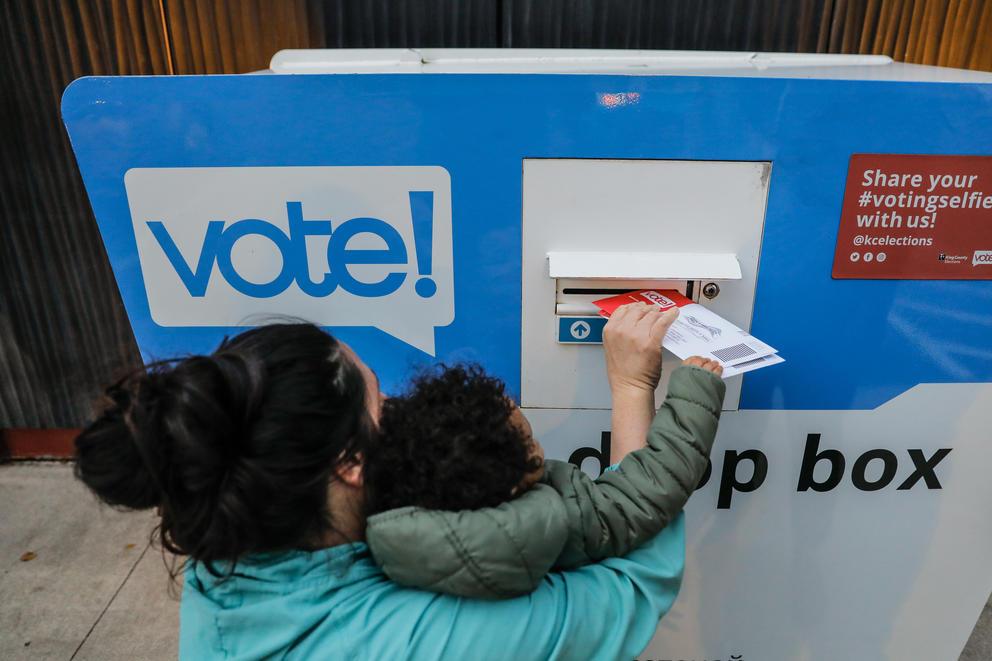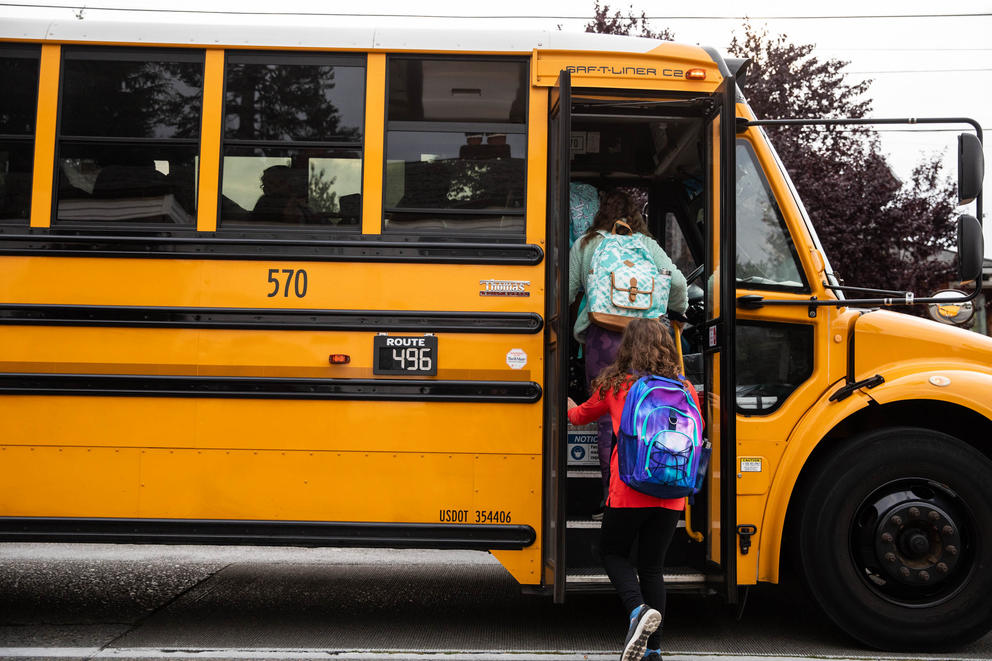The Crosscut Ideas Festival is back for day three.
In case you missed it — the Crosscut Ideas Festival is a gathering for newsmakers, changemakers and innovators to come together and discuss current events and the issues of our time. Along with virtual sessions running through Friday, the Crosscut Ideas Festival will culminate in an all-day Saturday in-person event including art installations, workshops and keynote speakers.
Each day, we’ll offer a synopsis of what’s to come. Here are today’s virtual sessions:
- Building the Education-to-Work Pipeline: The education-to-work pipeline is a system designed to help students transition to the workforce, involving mentorship programs, alternative options to traditional education and coordination with outside employers. While the system is good in theory, it is a bit more difficult in practice. Speakers include Kelvin Dankwa, a mentoring program coordinator at Seattle Public Schools; Rebecca Wallace, assistant superintendent of Secondary Education and Pathway Preparation; Angie Mason-Smith, senior program officer at Washington STEM; and Dr. Angela Jones, director of the Washington State Initiative at the Bill and Melinda Gates Foundation. The session starts at 9 a.m.
- Crosscut Reports live podcast taping: What happened in Olympia?: After the end of the Washington Legislative session, Crosscut Reports reviews which bills passed, which failed and which didn’t quite make it to the finish line. Host Sara Bernard is joined by Crosscut reporter Joseph O’Sullivan and Axios reporter Melissa Santos to discuss the new laws and political dynamics that have emerged, including the possibility of new gun regulations and moves on housing and education funding. The session starts at 11 a.m.
- Our Biodiversity Crisis: Climate change isn’t the only environmental issue plaguing our planet. America’s wildlife is in crisis — last summer, 60 experts who co-authored a study published in Frontiers in Ecology and the Environment said that biodiversity loss was equally as critical. The issue can be reversed, though, if we look to solutions within reach. Speakers include Bruce A. Stein, chief scientist at National Wildlife Federation; Paula Sweeden, policy director at Conservation Northwest; and Michelle Nijhuis, author and journalist at High Country News. The session starts at 2 p.m.
Interested in attending? Tickets are still on sale for Thursday’s and Friday’s virtual events and Saturday’s in-person sessions at the Amazon Meeting Center, 2031 Seventh Ave. Find a full list of speakers, sessions and ticket prices at crosscut.com/festival.








